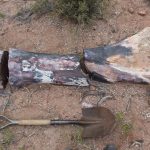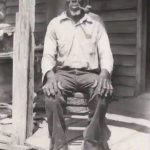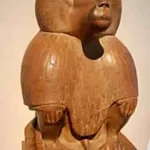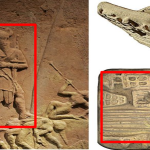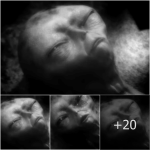Acrobats performing Theban Festivals in relief from Hatshepsut’s Red Chapel.

A detailed relief from the Red Chapel of Hatshepsut, also known as the Chapelle rouge, showcases the extraordinary skill and artistry of ancient Egyptian craftsmen. This particular relief depicts acrobats bending backwards, a testament to the diverse forms of entertainment that were integral to the cultural and religious life of ancient Thebes. These acrobats, captured in mid-performance, demonstrate not only physical prowess but also the high value placed on entertainment in ancient Egyptian society
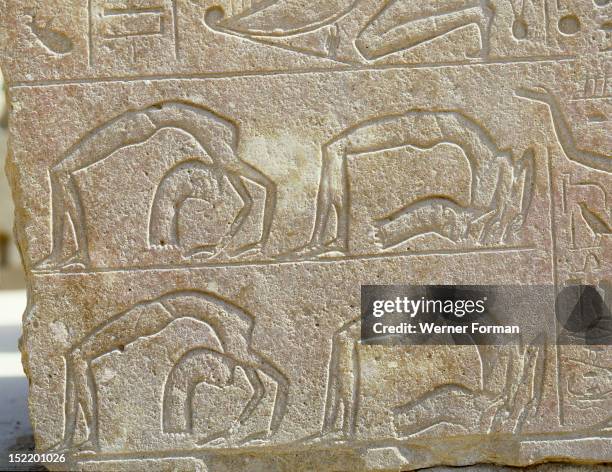
The Red Chapel of Hatshepsut, constructed during the reign of one of Egypt’s most famous female pharaohs, served as a ceremonial barque shrine. This chapel, with its intricate carvings and detailed reliefs, was a focal point of religious activity. The depiction of acrobats within this sacred space highlights the significance of entertainment and performance in the religious and social fabric of Thebes.
During major religious holidays, Thebes transformed into a vibrant hub of activity. The city’s streets and public spaces came alive with the sounds of music and the joyous cries of its people. These festivals were not merely religious observances but communal celebrations that brought together people from all walks of life. The vibrant atmosphere was filled with the rhythms of drums, the melodies of flutes, and the harmonious chants of celebrants.
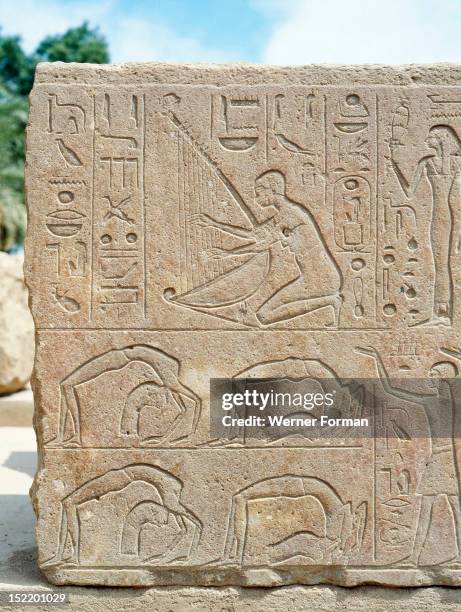
Entertainers played a crucial role in these festivities, performing for the pleasure of the masses. Acrobats, musicians, dancers, and other performers showcased their talents, captivating the audience with their skills. The backward-bending acrobats, as depicted in the relief, were likely a crowd favorite, their performances evoking awe and admiration. These entertainers were not only a source of amusement but also a reflection of the cultural richness and artistic sophistication of Theban society.
The presence of such detailed and dynamic reliefs in the Red Chapel underscores the importance of these entertainers. It suggests that their performances were seen as offerings to the gods, integral to the religious ceremonies that punctuated the Theban calendar. The intricate carvings serve as a lasting tribute to the role of performance in both the sacred and secular realms of ancient Egyptian life.
In essence, this relief from the Red Chapel of Hatshepsut offers a window into the lively and celebratory spirit of ancient Thebes. It captures a moment of acrobatic brilliance that, while rooted in the past, continues to resonate through the ages. The depiction of these backward-bending acrobats serves as a reminder of the enduring human desire for joy, celebration, and artistic expression. The festivals of Thebes, brought to life by such performances, were a testament to the city’s rich cultural heritage and its people’s zest for life.



